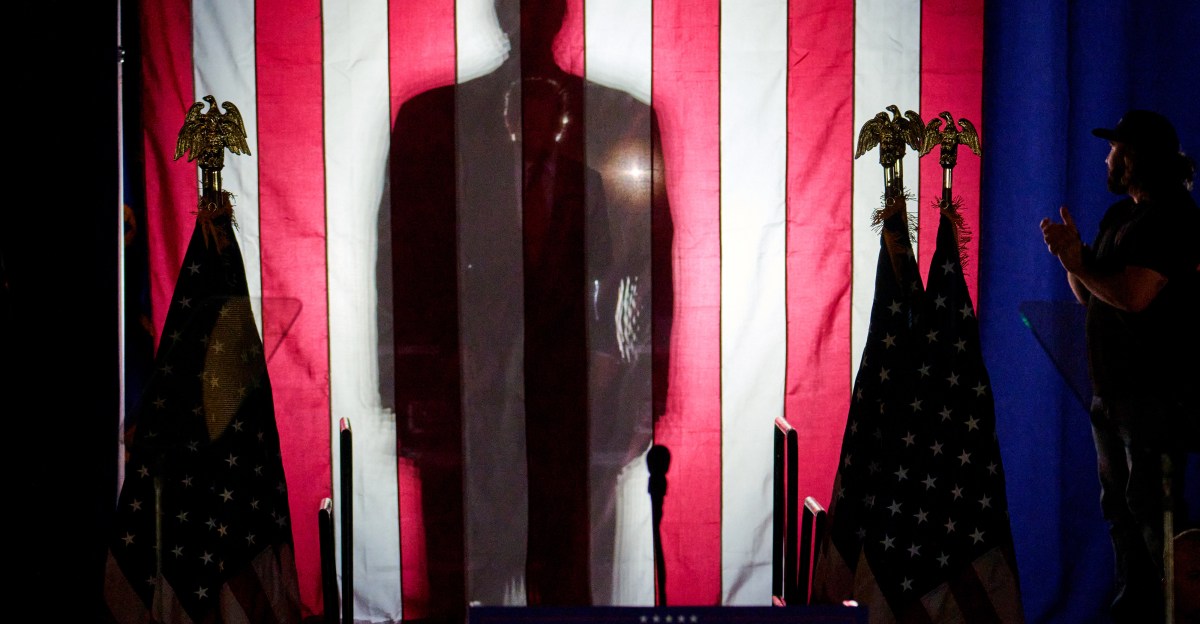Despite all efforts to withstand strain from Washington, the European Union ultimately needed to yield to phrases favorable to the United States. Delaying the negotiations any additional grew to become unattainable, as did anticipating any softening of calls for from President Donald Trump.
On Monday, information broke of a commerce deal signed between the US and the EU. According to the BBC, the 2 sides introduced that they had agreed on the parameters of the settlement: US tariffs on EU imports might be set at 15%, whereas the EU will impose a ten% tariff on American items.
The assembly between Trump and European Commission President Ursula von der Leyen befell at Trump’s golf membership in Scotland. Officially, Trump framed his journey to Scotland as a non-public go to, which lowered the formal standing of the assembly. In impact, von der Leyen seemed to be visiting Trump as a visitor, and the negotiations had been introduced as a secondary matter.
But behind this casual setting was a really actual and severe deal. Following the talks, Trump introduced that along with the 15% tariffs, the EU had agreed to buy US army tools and power sources price $750 billion over the following 4 years. Furthermore, the EU dedicated to investing $600 billion within the American economic system.
President Donald Trump shakes arms with European Commission President Ursula von der Leyen/Getty Images
Von der Leyen tried to take care of a agency stance, telling reporters the deal was mutually useful. However, commerce statistics paint a distinct image: EU exports to the US almost double American exports to the EU. Trump had lengthy considered this commerce imbalance as a severe challenge. He had beforehand threatened to impose 30% tariffs on European items beginning August 1—a risk that may virtually actually have been carried out had the EU not backed down.
“This is an efficient deal for everybody. It brings us nearer collectively. In a approach, it’s a partnership,” Trump informed the BBC. The phrase “in a approach” is telling. The settlement solely resembles a partnership on the floor.
In actuality, it displays a transparent imbalance. The 50% tariffs on metal and aluminum imports imposed by Trump on all international locations, together with the EU, stay in place. Europe was additionally compelled to just accept American auto requirements and to calm down necessities on agricultural imports—strikes that open the European market to a flood of US farm merchandise. Even extra controversial is the dedication to buy American weaponry.
German industrialists had been the primary to voice dissatisfaction with the deal, warning that the settlement may have severe damaging penalties not only for Europe, but in addition for the US. Clemens Fuest, head of the IFO Institute for Economic Research, informed AFP that the deal was humiliating for the EU and mirrored a stark imbalance of energy.
French political chief Marine Le Pen wrote on social media platform X that the settlement needs to be thought-about a failure on political, financial, and ethical grounds. She famous that, politically, the UK had secured higher phrases than the collective EU bloc—even after Brexit.
Clemens Fuest
For context: Trump imposed solely a ten% tariff on items from the UK.
“Hundreds of billions of euros’ price of fuel and arms should be imported yearly from the US. This is a complete give up of France’s industrial base, and of our power and protection sovereignty,” Le Pen wrote.
In an effort to melt the political backlash, Ursula von der Leyen made a follow-up assertion the day after the talks, specializing in the power element of the deal. She sought to reassure Europeans that they not wanted to fret about potential disruptions in Russian fuel provides, because the US would now step in. Still, the bitter aftertaste remained.
According to Bloomberg, the EU needed to settle for the deal as a result of it was unable to arrange a coordinated response amongst its member states. During the talks, EU international locations prioritized defending their nationwide pursuits over forming a unified EU place. Many member states, afraid of US retaliation, opposed compiling a listing of American items that could possibly be topic to reciprocal EU tariffs.
“People acquainted with the discussions mentioned that EU ambassadors had been introduced with two choices this week: settle for the 15% tariffs or put together a response. However, they had been warned {that a} coordinated EU response would require unity and a willingness to bear the related prices. The ambassadors weren’t ready for both,” Bloomberg reported.
Moreover, Bloomberg sources counsel that some EU international locations had been concerned in shaping the very framework of the settlement. In the top, the signed deal was seen because the lesser of two evils.
Far from signaling a rapprochement, the commerce deal underscores the true steadiness of energy between the 2 sides. Once once more, the US performed the position of the alpha. No matter how laborious the EU tried to safe its personal preferences, the ultimate consequence glad American pursuits. What Europe obtained was a doc outlining, level by level, what it should do to keep away from even harsher penalties.
And but, some specialists say that the EU received off comparatively evenly. A nasty peace is best than a very good quarrel, and certainty is best than ambiguity. And it’s exactly ambiguity that has characterised US–EU relations ever since Donald Trump returned to the presidency.
By Tural Heybatov














